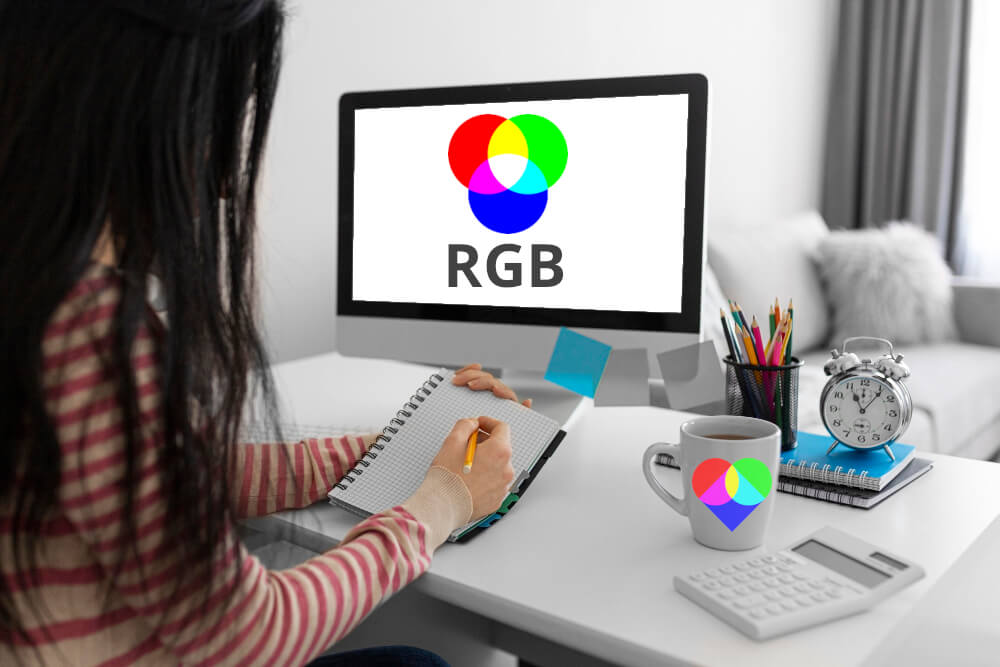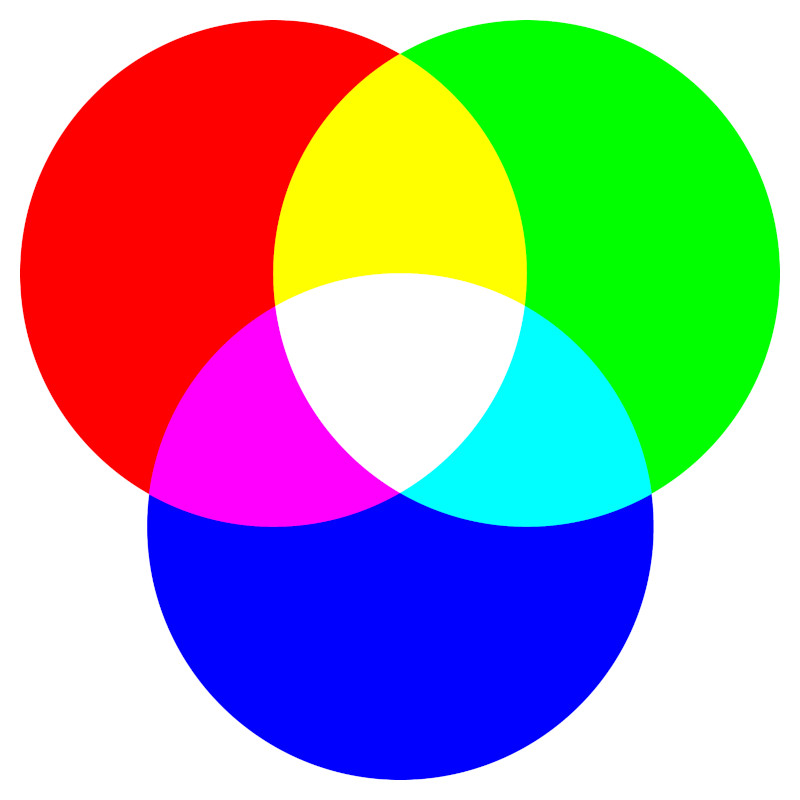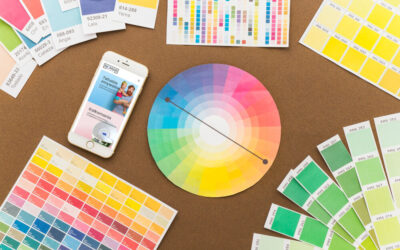RGB model, short for Red, Green, Blue, is a color system used to create a wide range of colors by mixing the three primary colors of light. It is one of the most important color systems in the field of computer graphics, television, digital photography and many other fields related to image and light. In this article we will present the basics of the RGB system and its applications.
RGB model history
The history of the RGB model dates back to the 19th century, when scientists began to study the principles of color mixing. One of the pioneers was James Clerk Maxwell, who in 1861 conducted experiments with color photography, using red, green and blue filters to create color images. This discovery became the foundation for later RGB-based technologies.
In the 20th century, developments in television and computer technologies accelerated the adoption of this model. In 1954, RCA introduced the first color television that used the RGB principle to display images. In later years, computers began to use RGB model in CRT (Cathode Ray Tube) monitors, and later in LCD (Liquid Crystal Display) and LED (Light Emitting Diode) displays.
Over the years, RGB technology has evolved to become a standard in the electronics and digital industries. Currently, it is the basic color model used in computer graphics, digital photography, and in many other fields related to color imaging and display.
Basics of operation
RGB model is based on the additive theory of color mixing. In practice, this means that different colors can be obtained by adding different amounts of red, green and blue light. In the RGB system, each of these colors can have a value from 0 to 255, where 0 means the absence of a given color and 255 means its maximum intensity. Combinations of these values allow you to obtain approximately 16.7 million different colors.
Examples:
– White is obtained when the values of all three colors are 255 (R:255, G:255, B:255).
– Black color means the absence of light, i.e. the values of all colors are 0 (R:0, G:0, B:0).
– Red is the maximum intensity of red light in the absence of green and blue (R:255, G:0, B:0).
Advantages and disadvantages
The RGB model has many advantages that have contributed to its widespread use. One of the most important advantages is its ability to reproduce a wide range of colors, which allows you to obtain realistic and vivid images. Thanks to additive color mixing, it is also possible to precisely adjust colors to the user’s needs, which is crucial in computer graphics and photography.
Another advantage is its versatility and simplicity of implementation. Because each color is represented by three numeric values (R, G, B), this model is easy to understand and use across a variety of display technologies.
Nevertheless, it also has its drawbacks. One of the main limitations is its dependence on the display device. The colors we see on the screen may vary depending on the quality and calibration of the monitor. This means that the same image may look different on different devices.
Another limitation is the difficulty in reproducing some colors. Although RGB can generate a wide range of colors, some shades may be difficult to obtain, especially those that lie outside the RGB color gamut range. This is especially important in printing, where the CMYK palette (Cyan, Magenta, Yellow, Key/Black) is more appropriate.

Are you interested in working with us?
Go to the contact tab or
RGB model uses
Computer graphics
In computer graphics, RGB is the basic color model used to display images on computer screens, smartphones, TVs and other electronic devices. These screens are made up of pixels, each of which contains sub-pixels in the colors red, green and blue. Controlling the intensity of these subpixels allows you to display a wide range of colors.
Digital photography
Digital cameras also use this model. Photosensitive matrices in cameras record the intensity of light in three basic colors, which allows the real scene to be reproduced in the photo. In the later stage of photo processing, graphics programs use the RGB model to manipulate colors and improve the quality of photos.
Television and film
TVs and projectors use the RGB model to display video images. This technology allows for faithful reproduction of colors recorded by film cameras, which also often use this model to record images. Thanks to this, viewers can watch movies and TV programs in realistic colors.
Stage lighting
In the entertainment industry, it is often used in stage lighting. RGB LED spotlights allow you to obtain a wide range of colors by appropriately controlling the intensity of the LEDs in red, green and blue. Thanks to this, you can create various lighting effects on the stage.
Summary
The RGB model is a key tool in many areas related to image and light. Its ability to create a wide range of colors by simply mixing the three primary colors makes it irreplaceable in computer graphics, digital photography, television, film and stage lighting. Understanding the principles of its operation allows for better use of its capabilities in practical applications.





